Indie game capsule reviews: Immortality, Wayward Strand, Cult of the Lamb, Betrayal at Club Low, Atuel
Radiator Blog
OCTOBER 13, 2022
This isn't a big apocalyptic video game betrayal cutscene where a villain reveals himself and destroys a castle, instead it's a smaller deeper betrayal that instantly brought me back to being a teenager. Gradually all these advancements and upgrades add up to a NPC-driven town that can maintain and feed itself automatically.

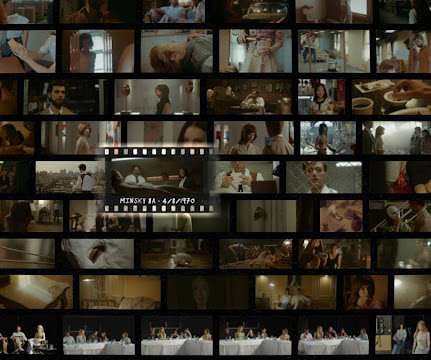
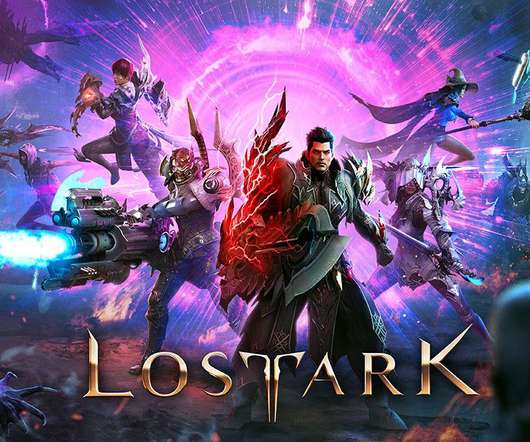
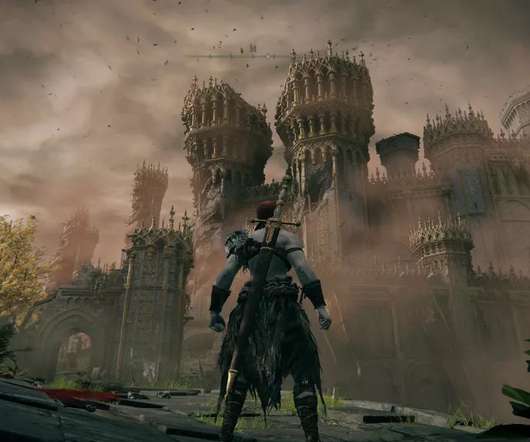
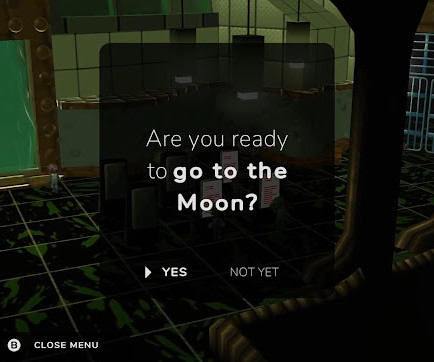
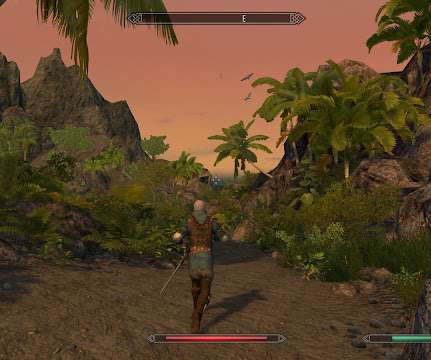
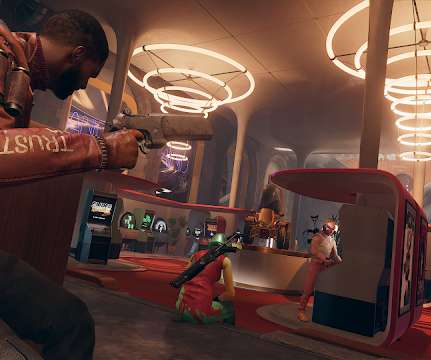
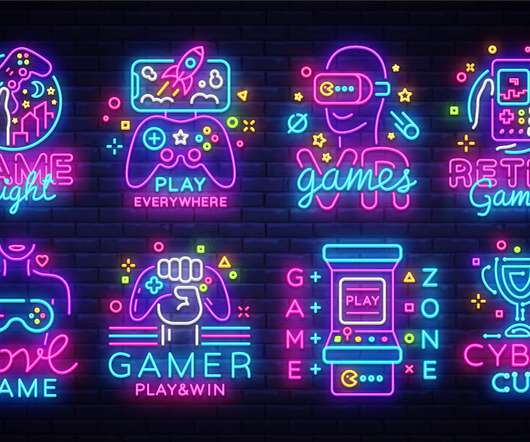






Let's personalize your content